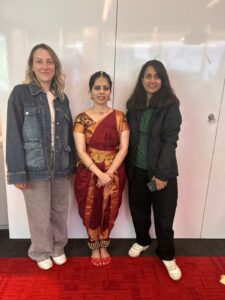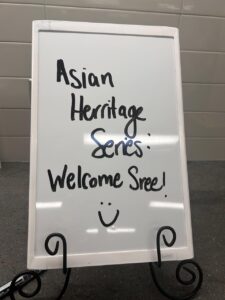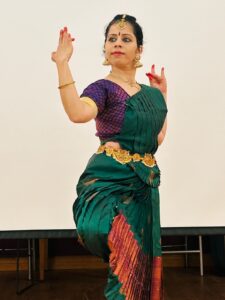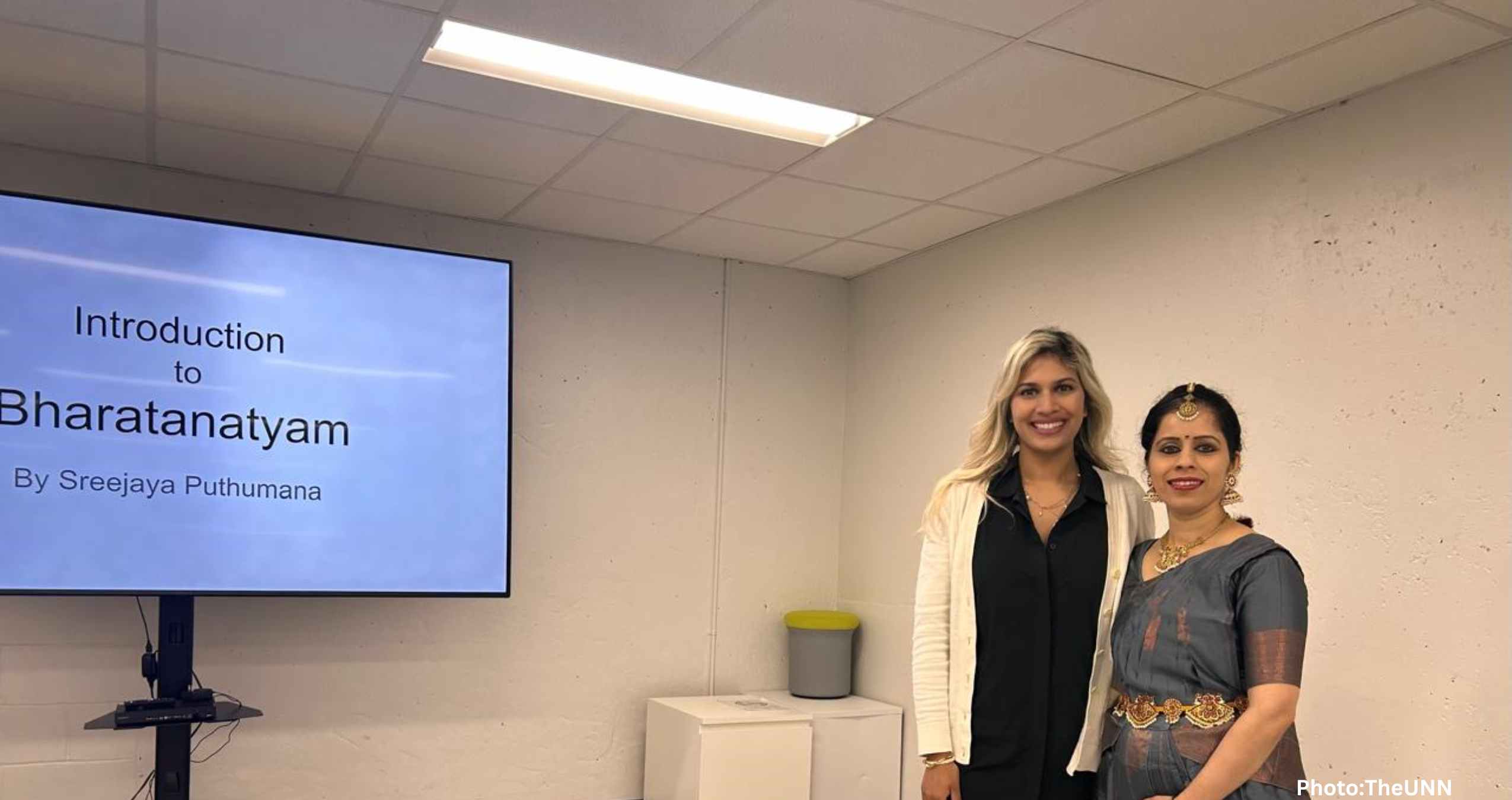In an unprecedented celebration of Asian Heritage Month in Canada, Bharatanatyam, a classical Indian dance, was for the first time featured in a series of interactive workshops across Toronto, signifying a pivotal moment for the South Asian diaspora and fostering intercultural understanding.
Every May, Canada observes Asian Heritage Month, a time to acknowledge and honor the rich cultural contributions of Asian communities across the nation. This year marked a significant milestone with the inclusion of Bharatanatyam, a classical Indian dance, as part of the festivities. Such a historic addition represents a proud achievement for the South Asian community and an important step toward enhanced intercultural understanding.

The series of performances were held at four Toronto Public Library branches. The events commenced at the Lillian H. Smith Library on May 17, continued at the Agincourt Library on May 24, followed by a session at the Mount Pleasant Library on May 27, and concluded at the Fort York Library on May 28.
These sessions offered a unique interactive workshop format rather than traditional stage performances, providing audiences a rare opportunity to actively engage with this ancient and disciplined art form. The vibrant costumes, expressive storytelling, and soulful Carnatic music enthralled many attendees, introducing Bharatanatyam to numerous first-time viewers.
Each library branch meticulously curated its event. Promotional materials distributed via the Toronto Public Library’s website, along with pre-registration, ensured smooth planning and execution. Each venue was carefully arranged with performance halls, microphones, digital signage, projectors, and seating.

Proceedings at each library began with a land acknowledgment, paying respect to the traditional territories of the Mississaugas of the Credit, Anishnabeg, Chippewa, Haudenosaunee, and Wendat peoples. This important gesture highlighted the ongoing journey toward reconciliation and inclusivity, values closely aligned with the ethos of Asian Heritage Month, which celebrates diversity and encourages cross-cultural learning.
The sessions featured performances by Sreejaya Puthumana, a certified Bharatanatyam artist who resides in Canada. Holding a diploma and associate degree in Bharatanatyam, she is also a certified yoga instructor with a postgraduate diploma in yoga therapy. She continues her advanced Bharatanatyam training under the tutelage of renowned mentors, Guru Kalakshetra Vishnu Bhasi and Acharya Vishalakshy Parvathy K.G. from Kerala, India.
Sreejaya began each workshop by providing cultural and historical context to the classical Indian dance. She introduced the audience to Lord Nataraja, the cosmic dancer, and explained foundational elements like Nritta (pure dance), Nritya (expressive dance), and Natya (dramatic storytelling).

Her demonstrations included pieces like Pushpanjali, Alarippu, Jatiswaram, Kautwam, Shabdam, and Keerthanam, exemplifying Bharatanatyam’s technical and emotional vocabulary. The interactive nature of the workshops encouraged questions, leading to discussions that extended beyond the scheduled times.
The sessions attracted a diverse audience, ranging from Canadian-born attendees unacquainted with Bharatanatyam to members of the Indian diaspora eager to reconnect with their cultural roots. The participants asked thoughtful and enthusiastic questions, reflecting their genuine interest:
“Did you expect us to respond during your performance? I felt like answering back so many times!”
“I have knee pain. Can I still learn this art form?”
“What’s the significance of the painted hands and feet?”
“How do you remember so many dances?”
“If someone else performs the same piece, will the choreography be the same?”
These inquiries sparked deeper conversations about the discipline, spirituality, and creativity inherent in Bharatanatyam. Sreejaya highlighted that dance, like language, is built upon a structure. Just as people learn alphabets to form words and sentences, Bharatanatyam is mastered through a methodical arrangement of technique and expression.

While some choreographies are traditional and passed down through generations, others are newly composed within the boundaries of Bharatanatyam’s grammar. In pure dance (Nritta), movements remain abstract without relying on lyrics. Expressive dance (Nritya and Natya), however, uses Abhinaya, or “leading the audience,” to convey emotions (Rasa) even when language is not shared.
One of the session’s powerful messages was that dance transcends language. Although many attendees did not understand the Tamil or Sanskrit lyrics customarily used in Bharatanatyam, they still connected with the performance’s stories, emotions, and aesthetics.
Sreejaya emphasized that Bharatanatyam goes beyond mere performance. It serves as a medium for emotional expression, stamina building, staying tethered to cultural heritage, discipline cultivation, and confidence development. It has the potential to unite communities and deepen appreciation of shared humanity through artistic expression.
This year’s inclusion of Bharatanatyam in Asian Heritage Month programming signifies a meaningful advancement in recognizing and celebrating South Asian culture within Canada’s multicultural framework. It offered a moment of visibility, pride, and connection for the Indian community and provided a valuable learning experience for others.
As each session concluded with the Anjali Mudra, a gesture of gratitude and respect, the joy and curiosity on the faces of the audience members clearly indicated that Bharatanatyam had made a lasting impression.
According to TheUNN.com.

